How to get rid of worms in potted plants naturally is a common question on the minds of those passionate about plants. Several straightforward options are available, each of which is effective and does not compromise the plant’s overall health.
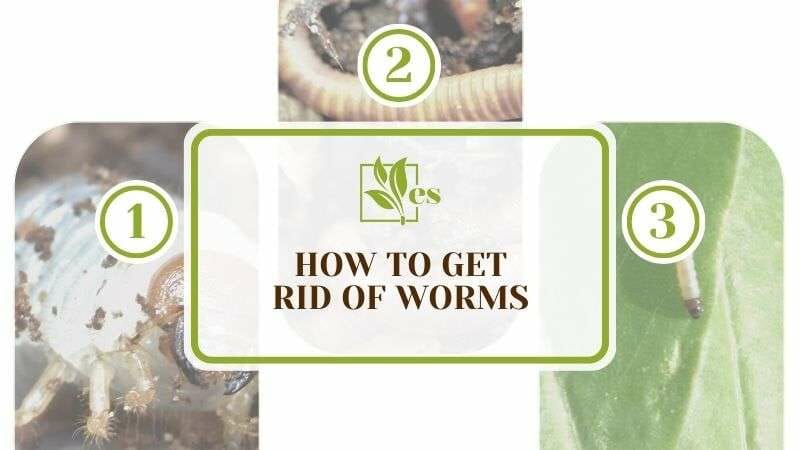
This comprehensive tutorial offers step-by-step advice on how to get rid of white worms in potted plants without resorting to the use of any chemical formulations. Continue reading as we present you with information to help you make the most of simple home treatments to keep your plant free of pests.
JUMP TO TOPIC
How to Naturally Eliminate Worms from Potted Plants?
You can naturally get rid of worms from your soil by identifying the worm species and isolating the plant. Soak it fully in water, manually remove them, repot the plant, use natural predators, and dry out the soil. Also, you can place natural repellents or collect them with wet cardboard.
– Identify the Species
Identifying the types of worms in potted plants will determine your course of action next. Harmful worms can be found in various sizes and species, and each kind of worm kicks in its unique damage to the plants they inhabit.
The typical worms that would often be found in your potted plants are earthworms, red wrigglers, nematodes, white worms, grub worms, and pot worms.
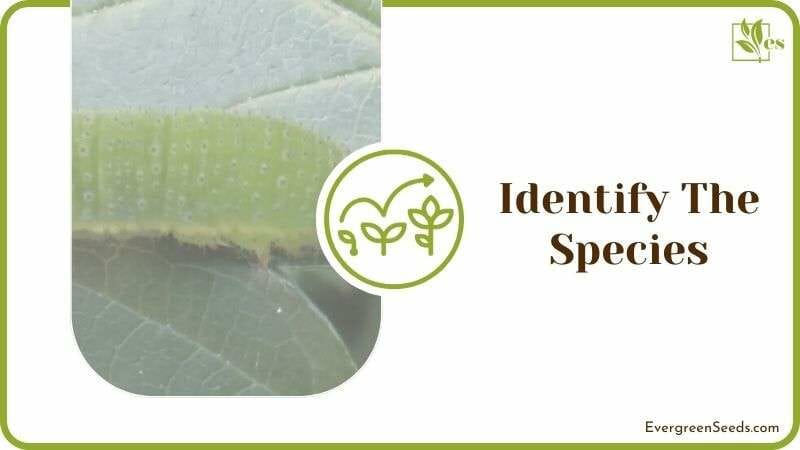
You can spot grubworms and gnat larvae as those with round bodies that are white and chubby, whereas earthworms are narrow with brown bodies. Note that identifying them is the first step to being able to remove or get rid of them because you wouldn’t want these insects to grow and start to lay eggs and develop their growth.
Although nematodes are generally considered to be safe, several species can cause damage to plants. The nematodes that cause damage to plants will attack and consume the entire root system of the plant they infect.
Look out for these typical tell-tale signs of the plant, such as wilting due to damage to the plant roots, drainage holes having excessive casings, and tiny brown worms in plant soil.
– Isolate Your Plants
It would be advisable to take all infected pots and put them in a separate location as soon as you spot worm infestation. Before attempting to get rid of worms, it is essential to prevent worms from infesting other plants and stopping their spread.
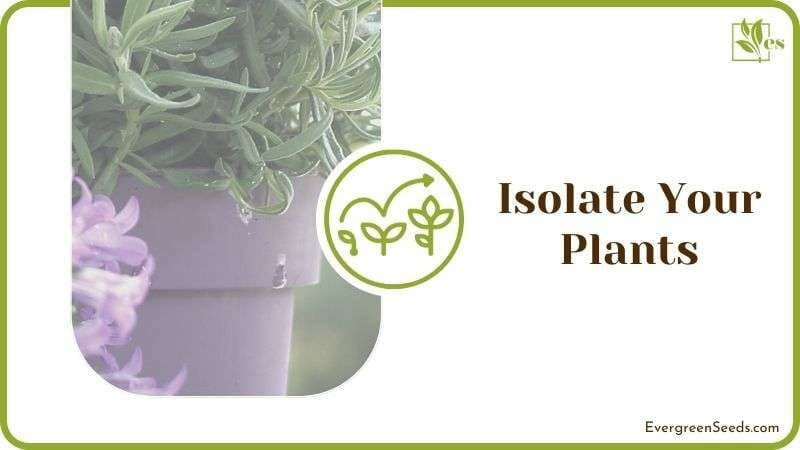
When you neglect to isolate the plant, remember that they can infest the rest of your greens and this would result in different types of risks to your garden.
– Soaking the Plant Completely in Water
Worms do not favor soil moisture much and hate to be entirely submerged in water. If you find that your plant is afflicted with worms, you should remove it from its container and soak the soil and the base of the plant for a few minutes in a mixture of water that is warm along with insecticidal soap, so that it would help eliminate them and possibly if they have laid eggs.
If your plant is still contaminated, you should repeat this process and their number would start to decrease. It is a straightforward and efficient method to get rid of the beneficial earthworms and red wigglers naturally that have been taken home, whether outdoors or indoor plants.
– Manually Remove Them
Manual removal of worms and fungus gnats is advised only if the infestation is in the beginning stages. The vast majority of worms that inhabit potted plants are simple to identify and can be exterminated manually, as they can be spotted on the top surface of the soil.
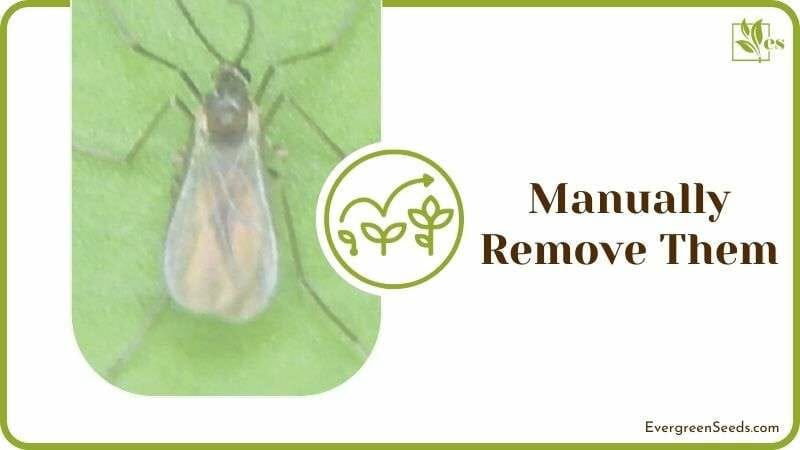
Collect all the worms you discover in this stage and any that you find on the plant leaves or branches. You can pick them up because they would be large in their size, and very simple to manually select them and throw them away from plants even other than the contaminated ones.
You can use tongs instead of your bare hands to pick worms if doing so with your bare hands makes you uncomfortable, or cover your hands with some gloves. Also, if you have used coffee grounds in your soil as manure, you will need to clear that out because they attract more worms.
Using coffee in your compost pile makes more sense for worms to speed up the process because it is organic matter.
– Repotting
Earthworms and red worms in potted plants will cluster at the bottom of their container. When you repot your plant with fresh sterile potting soil, you can eliminate these wigglers. You first need to eliminate any worms you may find stuck on the roots with either your fingers or a pair of tweezers.
Additionally, you should give the roots of your plants a good rinse before doing so, this would reduce the chances of bringing some worms all over again in the new pot.
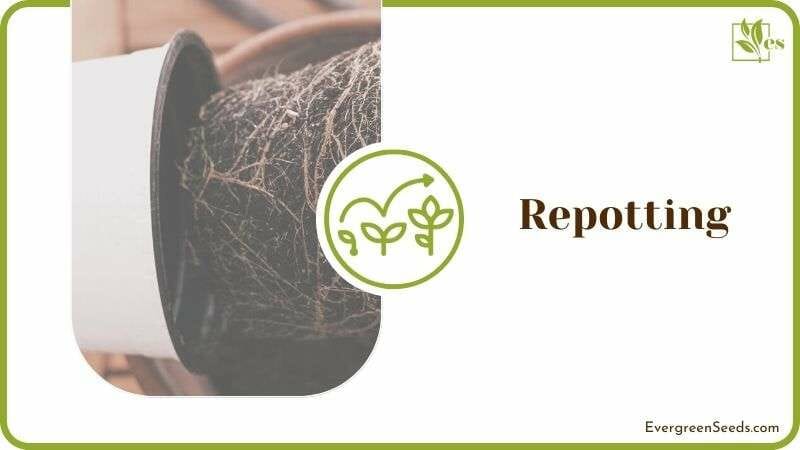
This will help to guarantee that aren’t any tiny white worms in plant soil or eggs clinging to them. If you do not rinse the roots, there is a possibility that any eggs that may have been left behind could hatch, which would result in the presence of worms in your plant.
However, remember that when you repot your plant, it is best not to compost or reuse the soil. In addition, you should clean the container by scrubbing it with bleach that has been diluted, before you replant the seeds or plants.
– Use Natural Predators
There are natural predators for several kinds of worms, and when you place them near the plant, these pests would perish. The introduction of these is not harmful to the plants but can be an efficient method for getting rid of pests and keeping a healthy garden at the same time.
Common natural predators that eat plant worms are praying mantes, fireflies, birds, and even frogs.
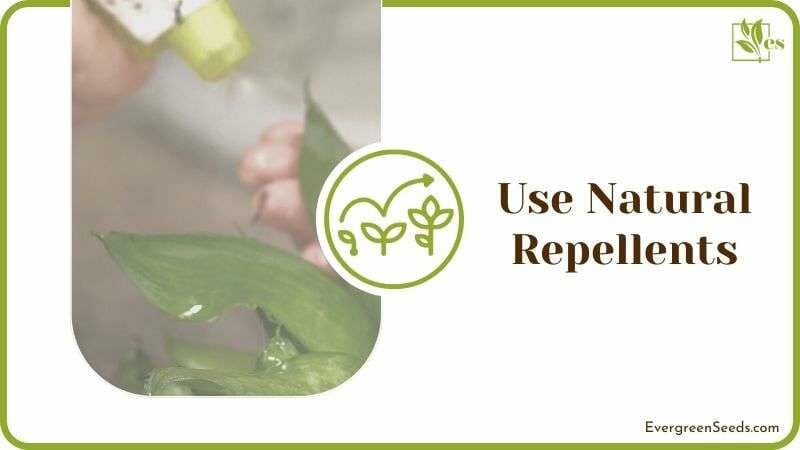
Put some shrubs all around the outside of your yard to draw in fireflies. You may also try to invest in a birdhouse, feeder, and a supply of fresh water nearby that can attract birds which is a great way to remove your worms.
Moreover, keeping sections of tall grass nearby is essential to help frogs to live and have a place to hide.
– Dry Out the Soil Completely
Similar to the condition where worms seldom like excessive moisture, they also do not like to thrive in dry garden soil. Hence, a natural way to eliminate these worms is to dry the garden soil completely.
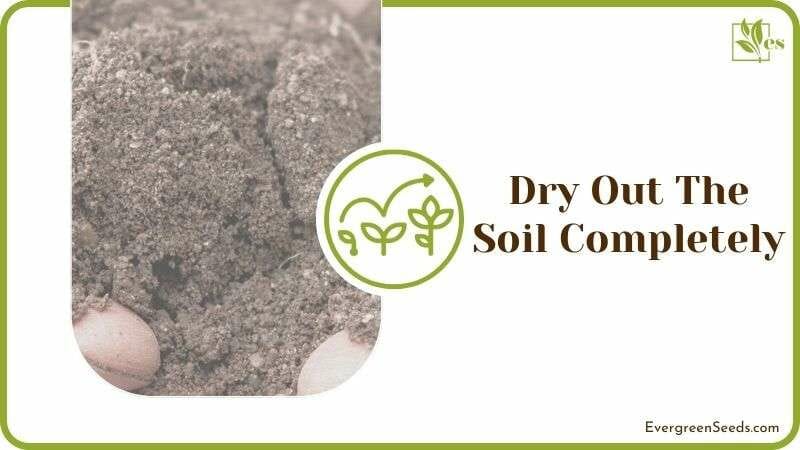
This would be a way you could eliminate the humid medium, and in the long run, you would see them dying because they don’t have the ability to stay thriving.
– Use Natural Repellents
Pesticides currently available in the market are chemical formulations; however, some equally effective repellents can get naturally rid of worms. You can try to spray some vegetable oil, soap, or even sprays of neem oil, and diatomaceous earth is some of the most commonly used repellents.
What natural or organic products do is they would make the environment harsh for their development, and the pungent odor that is released would keep the worms away.
– Wet Cardboard To Collect the Worms
Cardboards that have been soaked in water can be used to collect worms. If you are growing a massive plant in a container, it is highly possible that you will not be able to submerge the plant in water completely.
As a result, the use of this method could prove to be beneficial in the process of removing those worms from the potting soil.
What you can do is take corrugated cardboard, moisten it, and leave it on the soil overnight. Pests such as the black worms in plant soil are drawn to the smell of it during the night, and then you can remove the cardboard the following morning and get rid of it somewhere a reasonable distance away from your plants.












